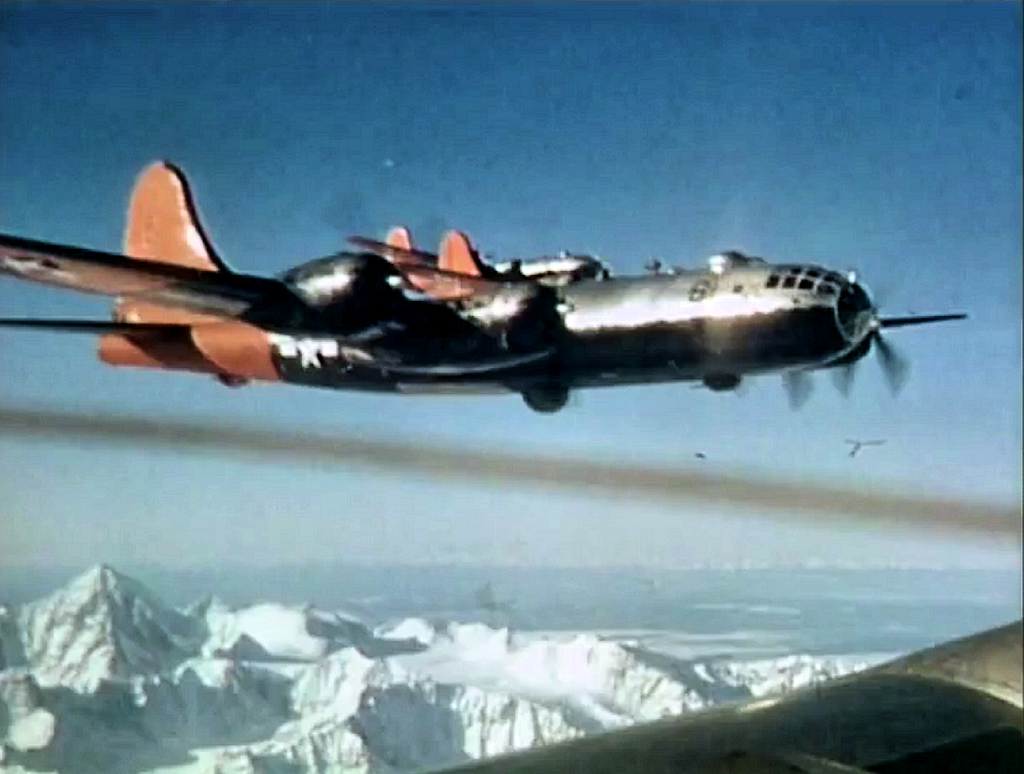The 46th Reconnaissance Squadron: Arctic Exploration and Questions of Sovereignty in the Early Cold War
DOI:
https://doi.org/10.25071/2561-5467.921Keywords:
Arctic, maritime aerial exploration, Arctic sovereignty, Intelligence Studies, Canada-United States relations, Cold WarAbstract
In the early Cold War, the Arctic emerged as a key region in American military planning. In 1946, the newly formed US Strategic Air Command deployed the 46th Reconnaissance Squadron to Alaska to improve navigational and cold weather flying capabilities. Major projects assigned to the squadron included the search for undiscovered land masses in the polar region, should any exist, and the establishment of an air route between Ladd Airfield, Alaska and the US base at Meeks Field, Iceland, which involved overflights of the Canadian Arctic Archipelago. This paper will explore the core projects within this initiative and how the US sought to manage Canadian sovereignty interests as it pursued its strategic objectives against the Soviet Union.
Au début de la Guerre froide, l’Arctique est devenu une région clé de la planification militaire américaine. En 1946, le nouveau Strategic Air Command des États-Unis a déployé le 46e escadron de reconnaissance en Alaska pour améliorer les capacités de navigation et de vol par temps froid. Les principaux projets assignés à l’escadron comprenaient la recherche de masses terrestres non découvertes dans la région polaire, s’il en existait, et l’établissement d’une route aérienne entre l’aérodrome de Ladd, en Alaska, et la base américaine de Meeks Field, en Islande, qui supposait des survols de l’Archipel arctique canadien. Cet article étudie les principaux projets de cette initiative et les efforts déployés par les États-Unis pour gérer les intérêts de souveraineté du Canada alors qu’ils poursuivaient leurs objectifs stratégiques contre l’Union soviétique.
References
Bergquist, Kathy. Great Circles: The Keith Greenaway Story. ArtBookBindery.com, 2008.
Cold Weather Testing in Alaska: 1940-1970. Centre for Environmental Management of Military Lands. Fort Collins, Colorado State University, 2020.
Elliot-Meisel, Elizabeth. Arctic Diplomacy: Canada and the United States in the Northwest Passage. New York: Peter Land, 1998.
Farquhar, John. “Arctic Linchpin: The Polar Concept in American Air Atomic Strategy, 1946-1948.” Air Power History Vol. 61, No. 4, Winter 2014: 35-45.
Farquhar, John. A Need to Know: The Role of Air Force Reconnaissance in War Planning, 1945–1953. Maxwell Air Force Base: Air University Press, 2004.
Grant, Shelagh. Sovereignty or Security?: Government Policy in the Canadian North, 1936-1950. Vancouver: University of British Columbia, 1988.
Grant, Shelagh. Polar Imperative: A History of Arctic Sovereignty in North America. Vancouver: Douglas & McIntyre, 2011.
Kikkert, Peter and P.W. Lackenbauer. “The Militarization of the Arctic to 1990.” In: Coates K., Holroyd C. (eds) The Palgrave Handbook of Arctic Policy and Politics. Palgrave Macmillan, Cham. (2020): 487-505. https://doi.org/10.1007/978-3-030-20557-7_30 DOI: https://doi.org/10.1007/978-3-030-20557-7_30
Kikkert, Peter. “The Polaris Incident: “Going to the Mat” with the Americans.” Journal of Military and Strategic Studies, Spring 2009, Vol. 11, Issue 3: 1-29.
Kikkert, Peter. “Grasping for the Ends of the Earth: Framing and Contesting Polar Sovereignty, 1900-1955.” Ph.D. Dissertation, University of Western Ontario, 2015.
Klein, Frank. “Preliminary Magnetic Chart for 1947.” Eos, Transactions of the American Geophysical Union Vol. 30, Issue 2, April 1949: 221-222. https://doi.org/10.1029/TR030i002p00221 DOI: https://doi.org/10.1029/TR030i002p00221
Lackenbauer, P. Whitney and Peter Kikkert. “The Dog in the Manger – and Letting Sleeping Dogs Lie: The United States, Canada and the Sector Principle, 1924-1955.’” In The Arctic Ocean: Essays in Honour of Donat Pharand, ed. Suzanne Lalonde and Ted McDorman. Leiden: Brill 2014. 216-239. https://doi.org/10.1163/9789004284593_013 DOI: https://doi.org/10.1163/9789004284593_013
Lackenbauer, P. Whitney and Peter Kikkert. “Sovereignty and Security: The Department of External Affairs, the United States, and Arctic Sovereignty, 1945-68.” In In the National Interest: Canadian Foreign Policy and the Department of Foreign Affairs and International Trade, 1909-2009. Ed. Greg Donaghy and Michael Stevenson. Calgary: University of Calgary Press, 2011. 101-20.
Lackenbauer, P. Whitney and Peter Kikkert. “Sovereignty and Security: The Department of External Affairs, the United States, and Arctic Sovereignty, 1945-68.” In In the National Interest: Canadian Foreign Policy and the Department of Foreign Affairs and International Trade, 1909-2009, Greg Donaghy and Michael Carroll eds. Calgary: University of Calgary Press 2011. 101-120. DOI: https://doi.org/10.2307/j.ctv6gqqdh.10
Murray, R. Gordon. Royal Canadian Air Force: Pilot’s Log. March 19, 1947. October 1946 – August 1947 entries. Author’s personal records.
Price, Kathy. Northern Defenders: Cold War Context of Ladd Air Force Base, Fairbanks, Alaska, 1947-1961. Centre for Environmental Management of Military Lands. Fort Collins: Colorado State University, 2001.
Siple, Dr. Paul A. Biogeographer Program Branch, Planning Group Research and Development Division, RG XSIPL, Entry A14-N, Box 49A, File Paul Siple.
Wack, Fred John. Secret Explorers: Saga of the 46th / 72nd Reconnaissance Squadrons. Turlock, Calif.: Seeger’s Printing, 1992.
White, Ken. World in Peril: The Origin, Mission & Scientific Findings of the 46th / 72nd Reconnaissance Squadron. Elkhart, Indiana: K. W. White & Associates, 1994.

